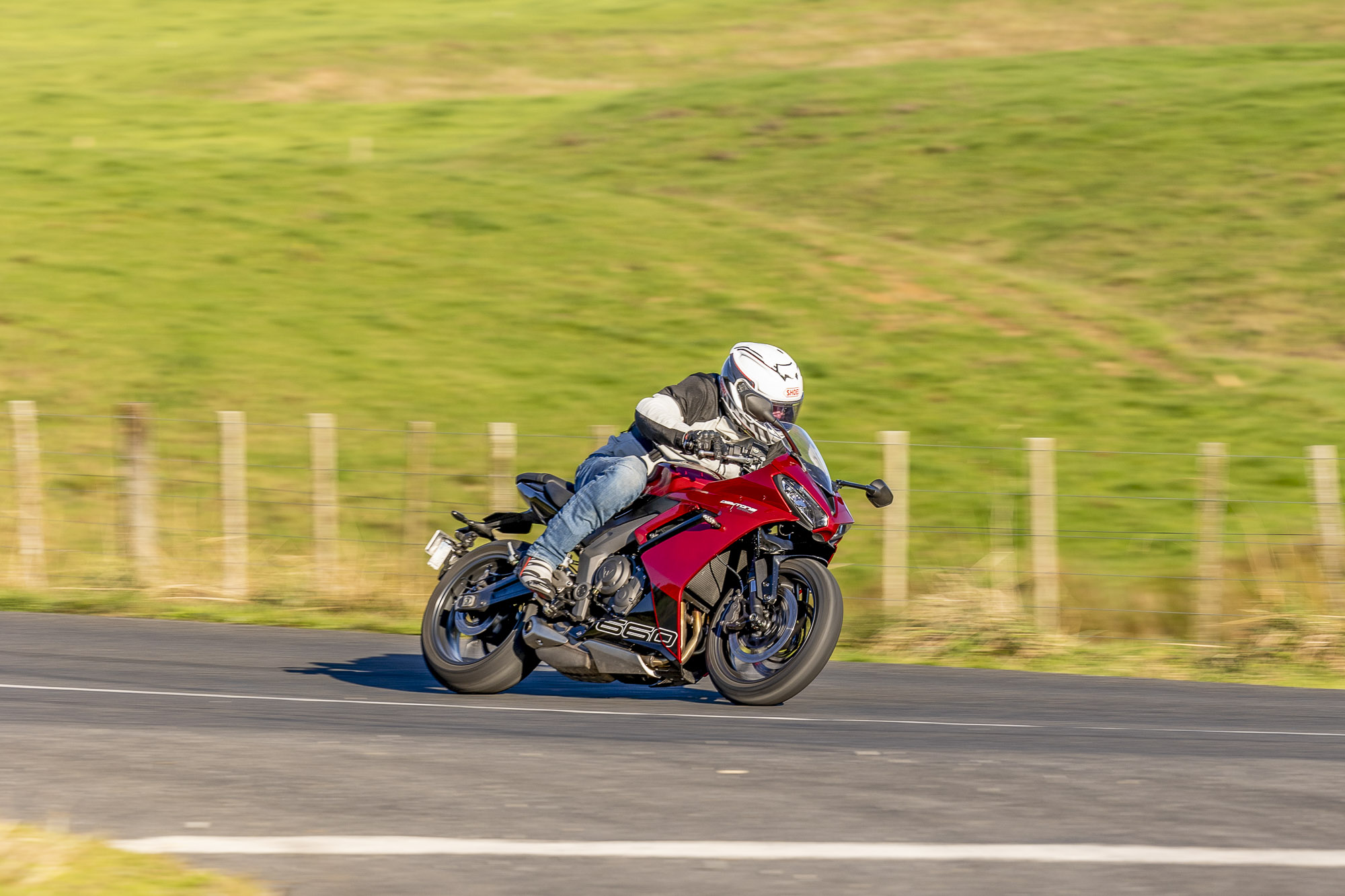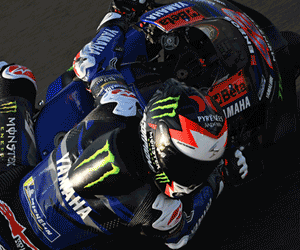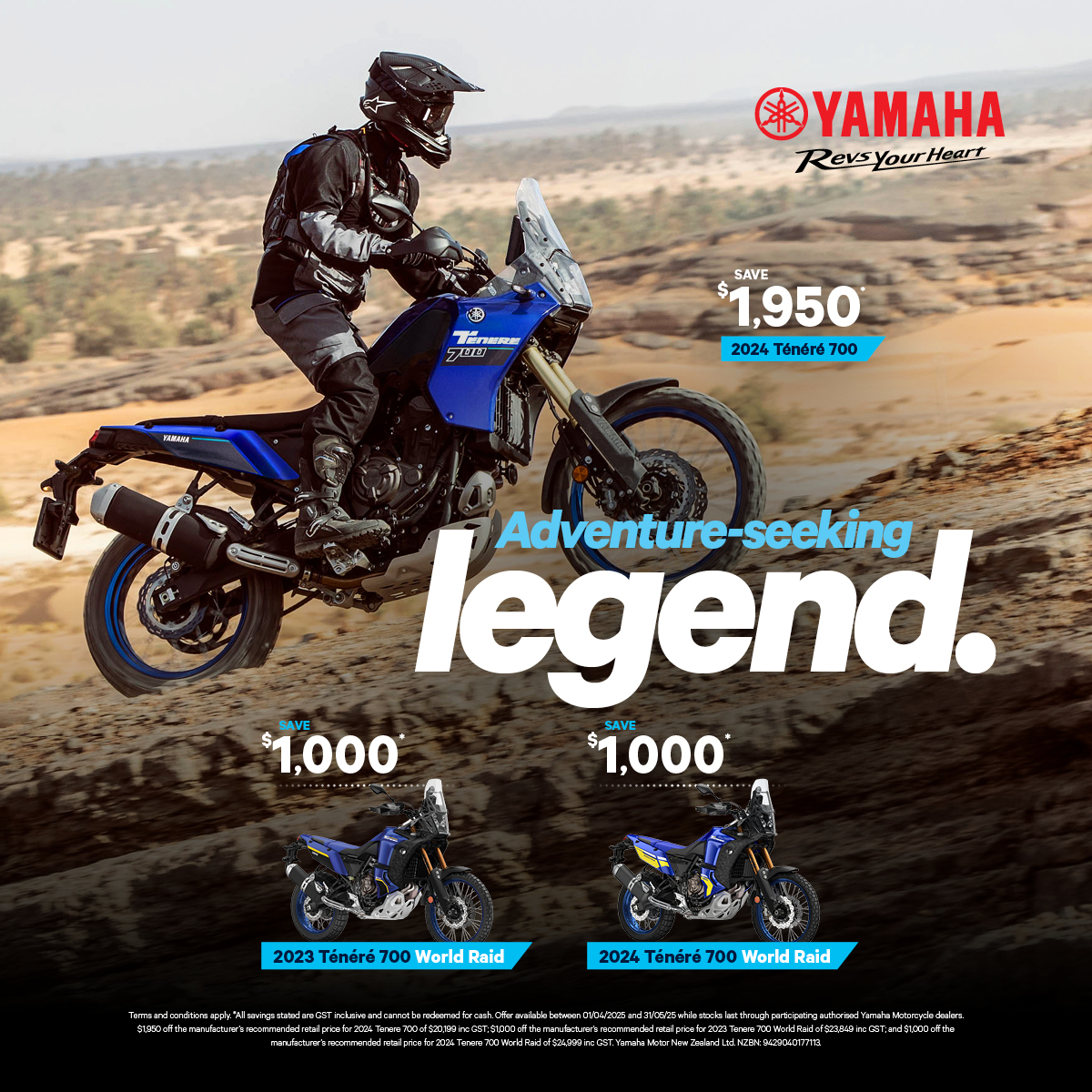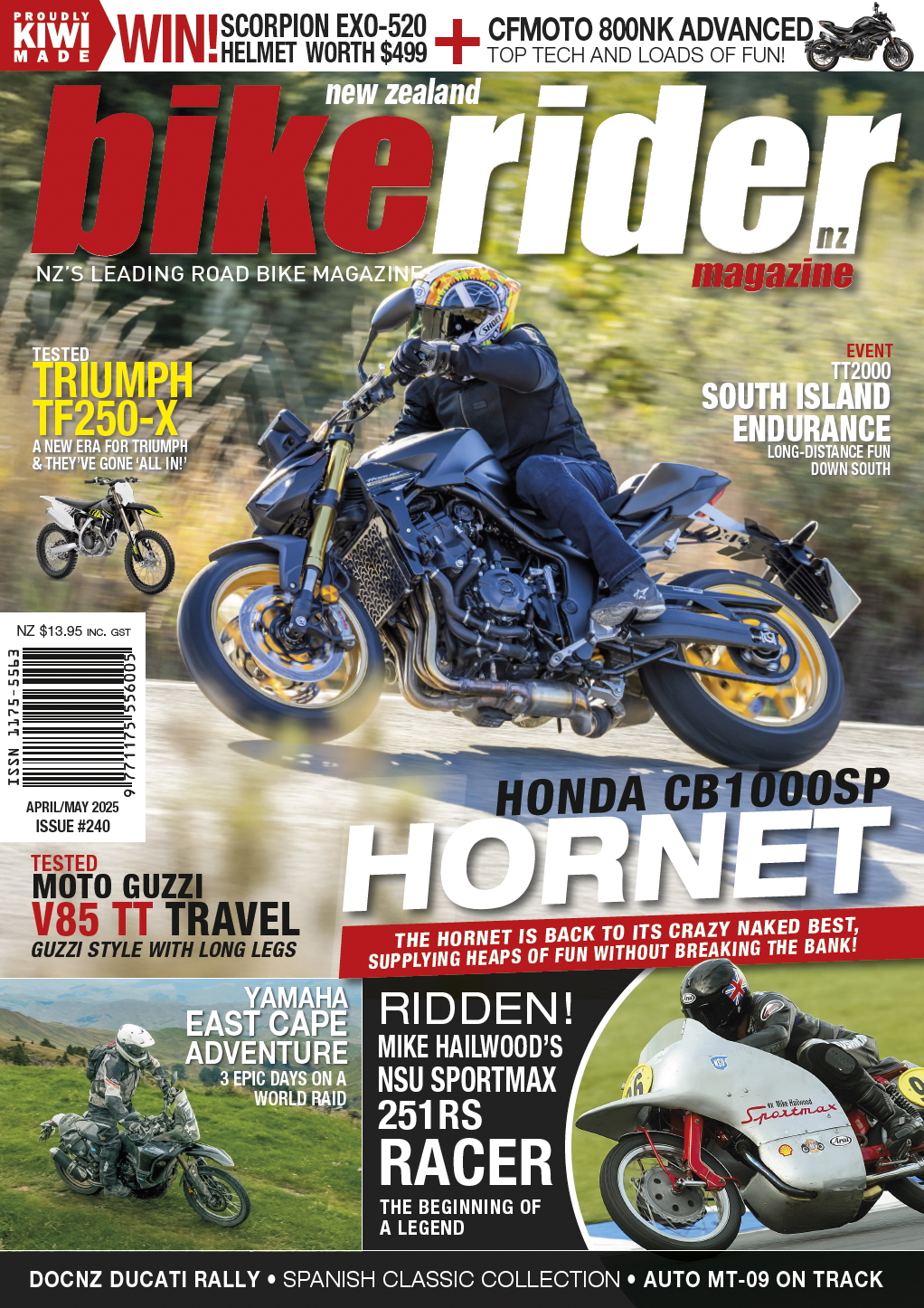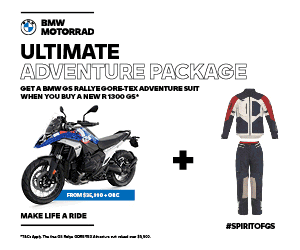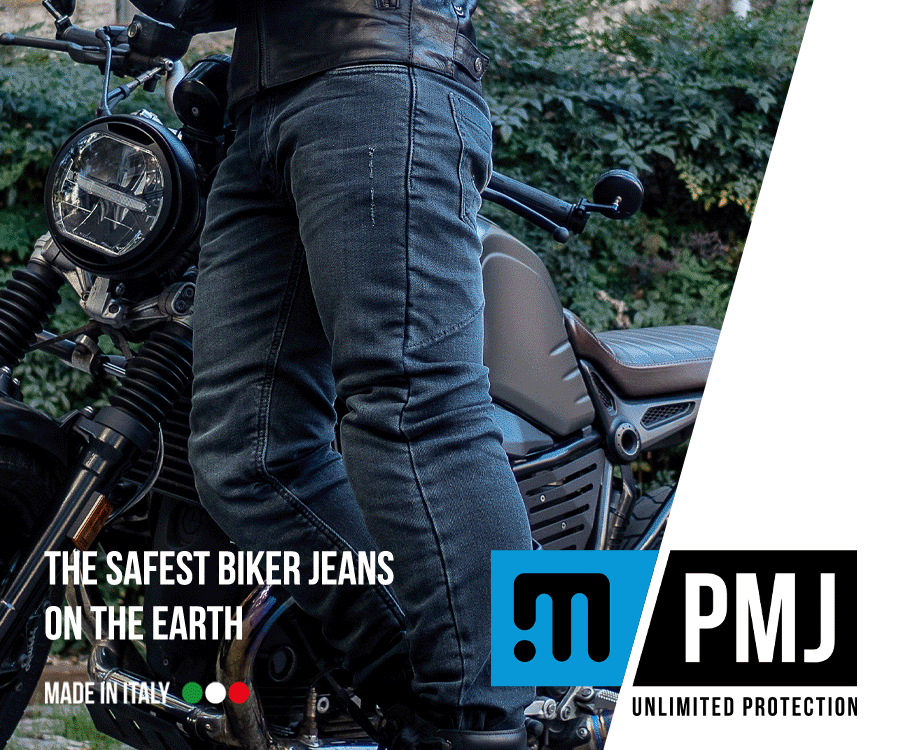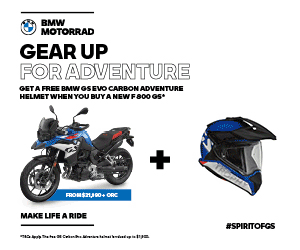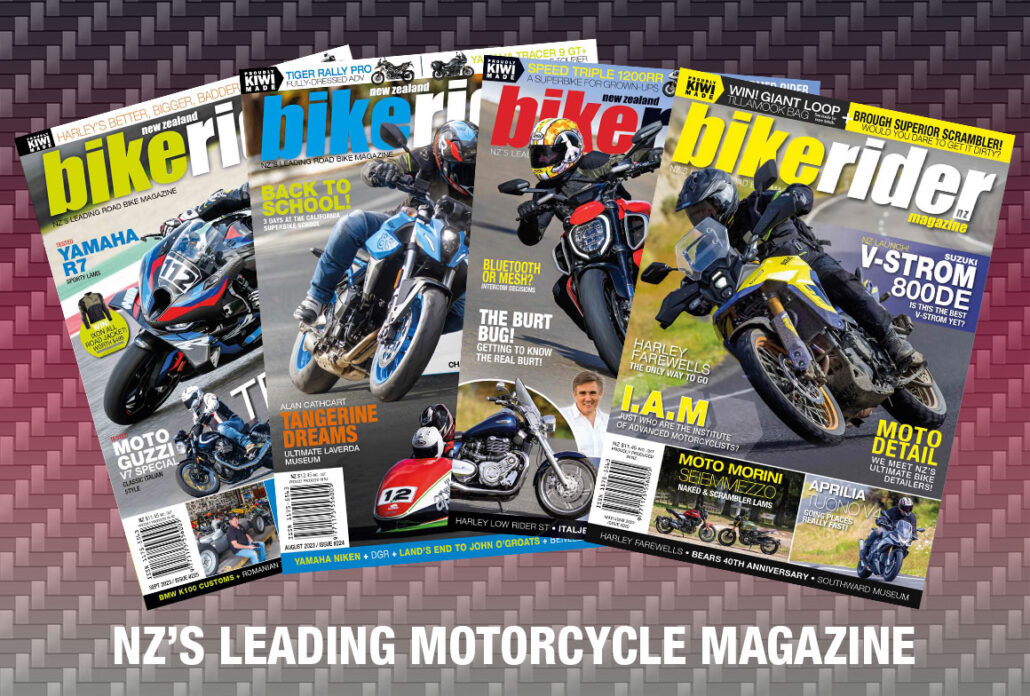Introduction
I used to own a yellow Triumph Daytona 955i back in the late nineties. I loved that bike, especially after I fitted an aftermarket pipe to really unleash the growl of the triple. Firing the new Triumph Daytona 660 into life produced a similar throaty growl to my old 955i, but could the smaller capacity yet 30 years newer model featuring the same name still evoke the same sort of emotions? I was about to find out…
A New Segment
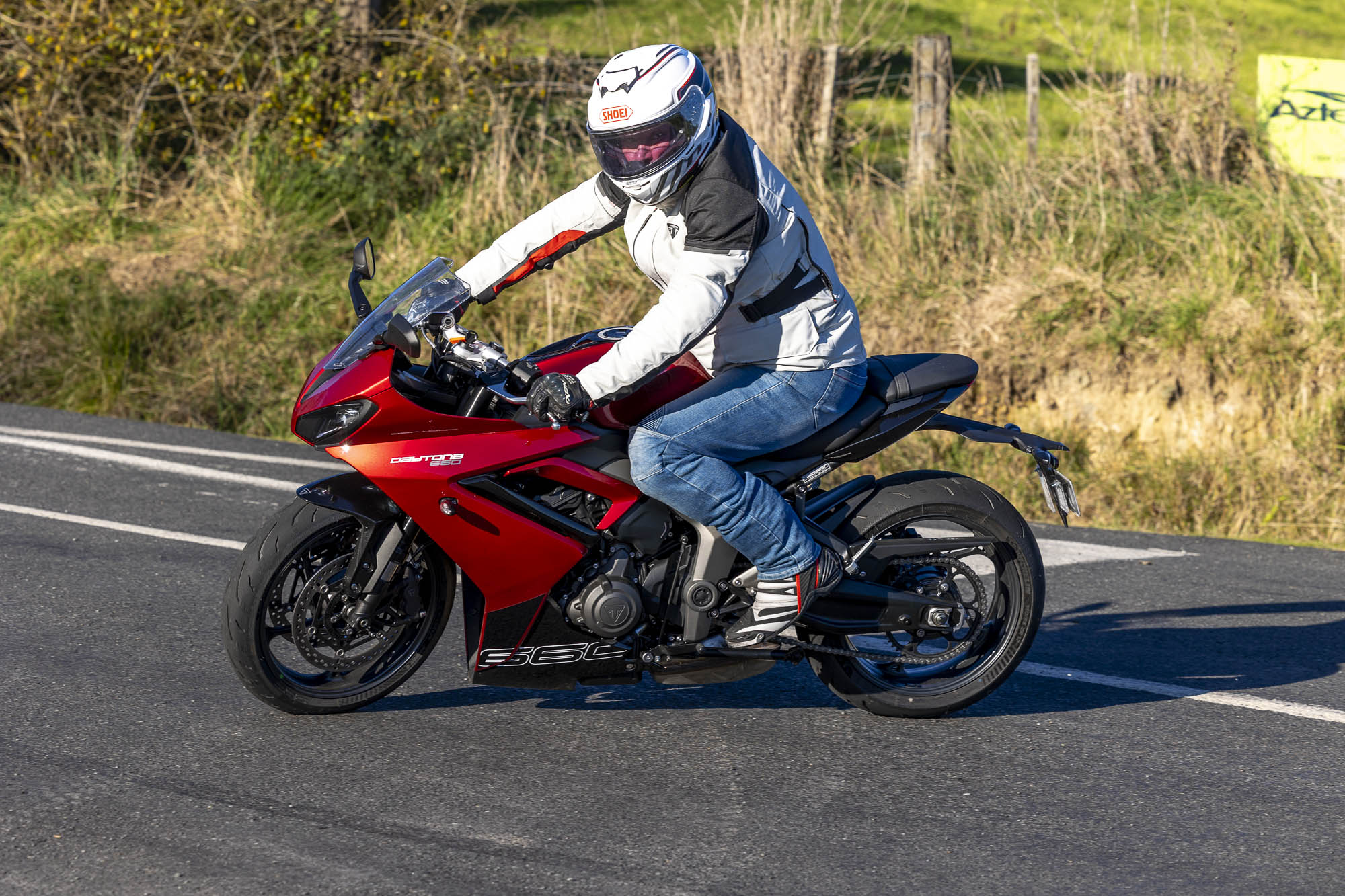
It’s funny how the market changes. Back in the day, the mid-capacity market was all 600cc four-cylinders, whereas nowadays, you’re more than likely going to find an 800-ish parallel twin in the segment. But Triumph is doing it differently, with their offering powered by a 660cc three-cylinder offering an output of 94hp at a heady 11,250rpm, all wrapped up in a sporty package which wouldn’t look out of place on a racetrack. While the peak power is high in the rev range, the fact a triple tends to give some of the benefits of a torquey twin combined with the top-end performance similar to a four-cylinder means the Triumph Daytona 660 doesn’t miss out on a meaty mid-range. With a maximum torque of 69Nm produced at 8,250rpm, there’s 80% of it to play with from as little as 3,125rpm, making the 660 super-easy to ride on the road no matter what gear you’re in.
Power is fed through a six-speed gearbox that, while not featuring a quickshifter on our test bike, is so good in its action that there really isn’t a need for electronic intervention. Instead, changing gear the old-fashioned way of using the ultra-light clutch, made so with Triumph’s ‘slip-assist’ set-up, is quick, easy and precise.
Yet, putting a little weight into the lever with your foot and rolling off the throttle a fraction sees the next ratio slot in with almost the same speed you’d achieve with a quickshifter, while a little blip on the throttle sees a cog dropped with the same level of efficiency. It’s involving, especially when I had the little triple wailing high in the rev range, and I was getting into my full-on Moto2 race mode through the twists and turns south of Cambridge, such was the fun I was having on this mid-capacity machine.
As the Triumph Daytona 660 is designed to fit into a class with a competitive price point, there are a few concessions to keep the cost down, although one is certainly not the build quality, with the fit and finish of the Daytona is faultless. The suspension, though, while supplied by Showa and consisting of 41mm upside down, separate function big piston forks and an RSU mono-shock, is certainly designed to meet a budget; hence, there’s no adjustment at the front and only preload at the rear. Yet, during my thrash around the best motorcycling roads I can find, all I wanted was a little preload in the rear to cope with my weight, which I suggest is probably slightly outside the parameters of the design brief anyway.
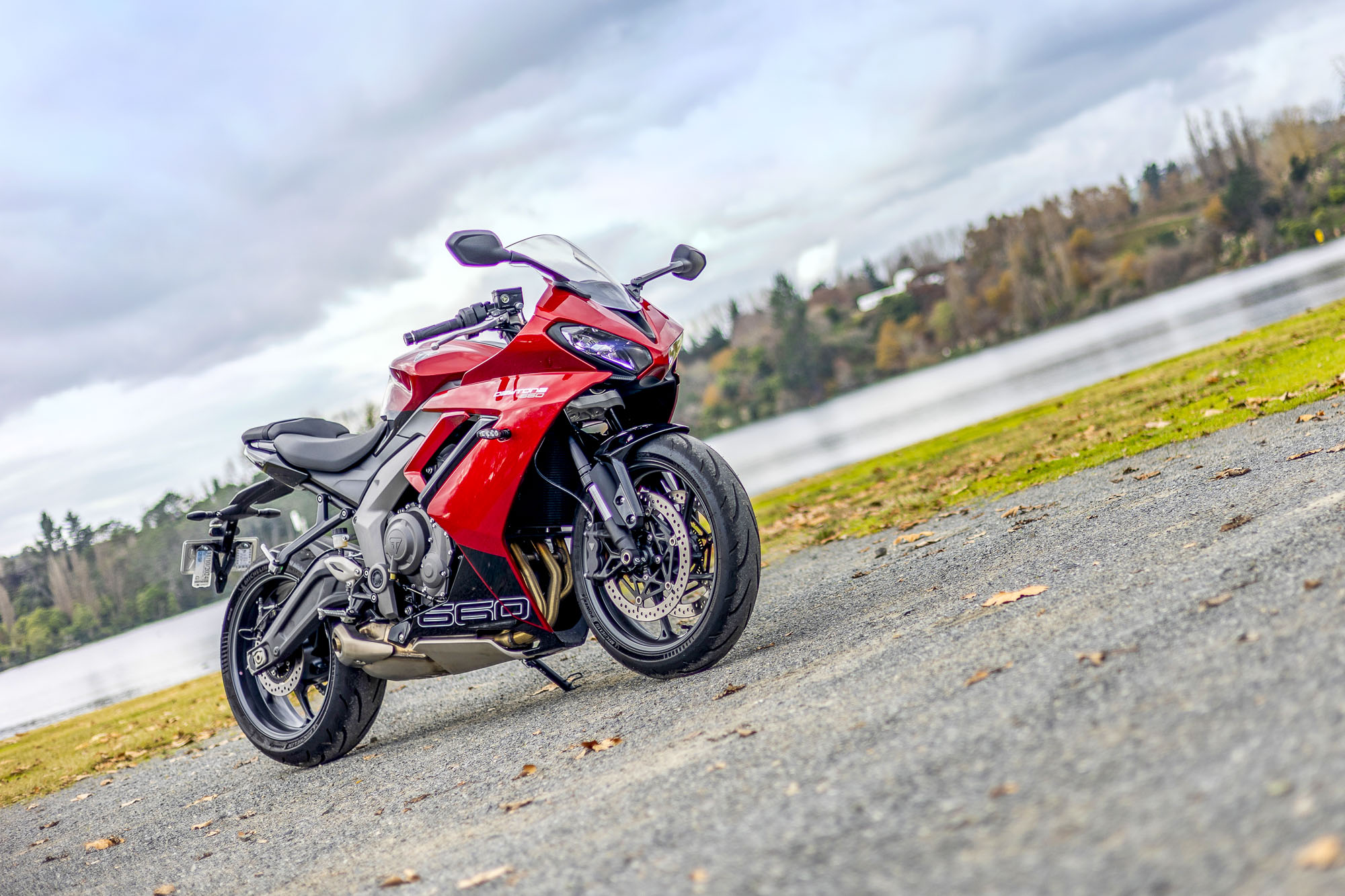
Otherwise, the forks were firm enough to deal with the abuse I was giving them when grabbing fingers-full of the brake lever that brought the excellent Triumph-branded, 4-piston, radially-mounted calipers into action. And with the sharp steering encouraging faster and faster cornering, it was only when hitting a sharp bump or g-out mid-corner that the suspension really started to protest, although the complaint was usually only coming from the rear.
Thankfully, the package comes with excellent Michelin Power 6 tyres as standard, and despite the mid-winter test seeing temperatures only venturing into the mid-teens, the rubber got up to temperature as I pushed the little Daytona harder, encouraged by the sound of the triple as the digital rev-counter swept around the LCD dash and the speeds crept up. Yet, they never really get to bonkers speeds which is handy, and it’s quite easy to have a heap of fun on the Triumph Daytona 660 at velocities which won’t see you heading to jail or losing your licence should you encounter a highway car at an inopportune time.
The noise starts to build low in the rev range, so there’s no need to bounce it off the rev limiter to get your aural fix, while the riding position is comfortable even without a 100+km/h windblast keeping the weight off your wrists. With the clip-ons placed at the top of the fork legs, the riding position is relaxed enough for a day in the saddle, and even though the seat height of 810mm is relatively low, the pegs aren’t sportsbike high, meaning my legs didn’t feel especially cramped even after a couple of hours on the road.
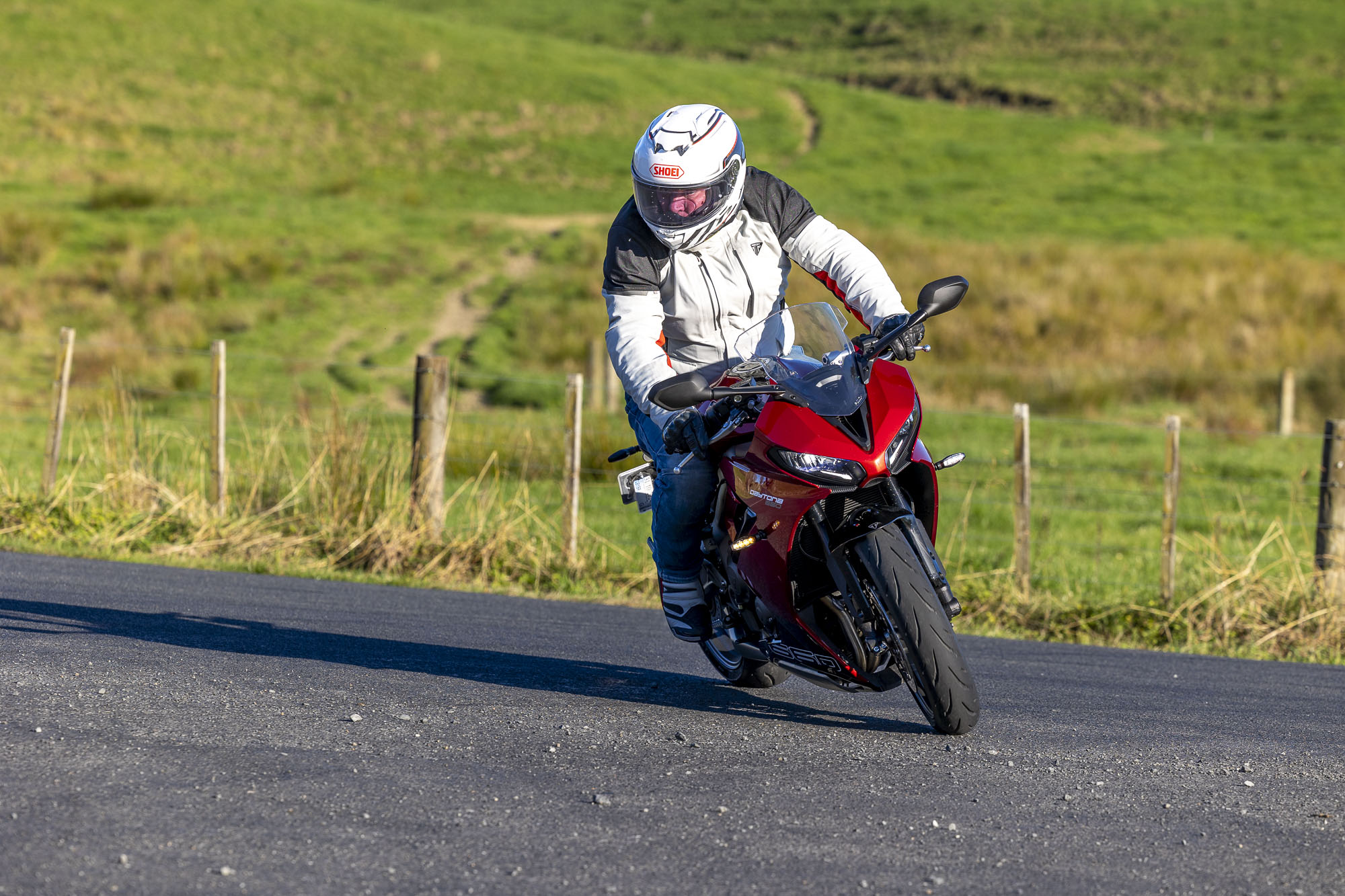
While the dash isn’t the latest TFT item that we’re used to seeing on Triumph’s larger and, therefore, more expensive machines, the screen on the Daytona to clear and offers plenty of information, including a large gear indicator (if that’s the screen you choose), fuel usage and distance, engine temp etc. It’s also compatible with the accessory fit My Triumph Connectivity System, which enables smartphone connectivity and turn-by-turn navigation. A press of a button on the quality feeling switchblocks sees the screen change to offer you any of three riding modes – Rain, Road, Sport – with the different settings changing not only the delivery from the ride-by-wire throttle but also the behaviour of the ABS braking and the traction control system.
I began the ride in Road mode and only decided to change it to Sport because, well, I felt I should. But I really didn’t feel like I needed any more performance or snappiness from the throttle, as the Daytona was already seriously fun and plenty fast enough. But, switch I did, which only requires a prod of the button to select the desired mode and then roll off the throttle a second for it to engage, and I discovered a whole new side to the Triumph.
Sport mode adds serious punch to the throttle that belies the size of the powerplant, with the triple pulling hard as soon as you roll the throttle on, and the engine braking is more pronounced as soon as you roll off. For practicing a bit of TT action on your fave backroads, Sport mode turns the triple into a little rocket, with the rising and falling of the revs echoing off the hedgerows from the stubby underslung exhaust. It’s addictive and a heap of fun. But flicking back into Road mode and the Triumph Daytona 660 becomes slightly more relaxed, with a little less finesse needed with your throttle hand to keep everything smooth.
Triumph Daytona 660: Middle Ground
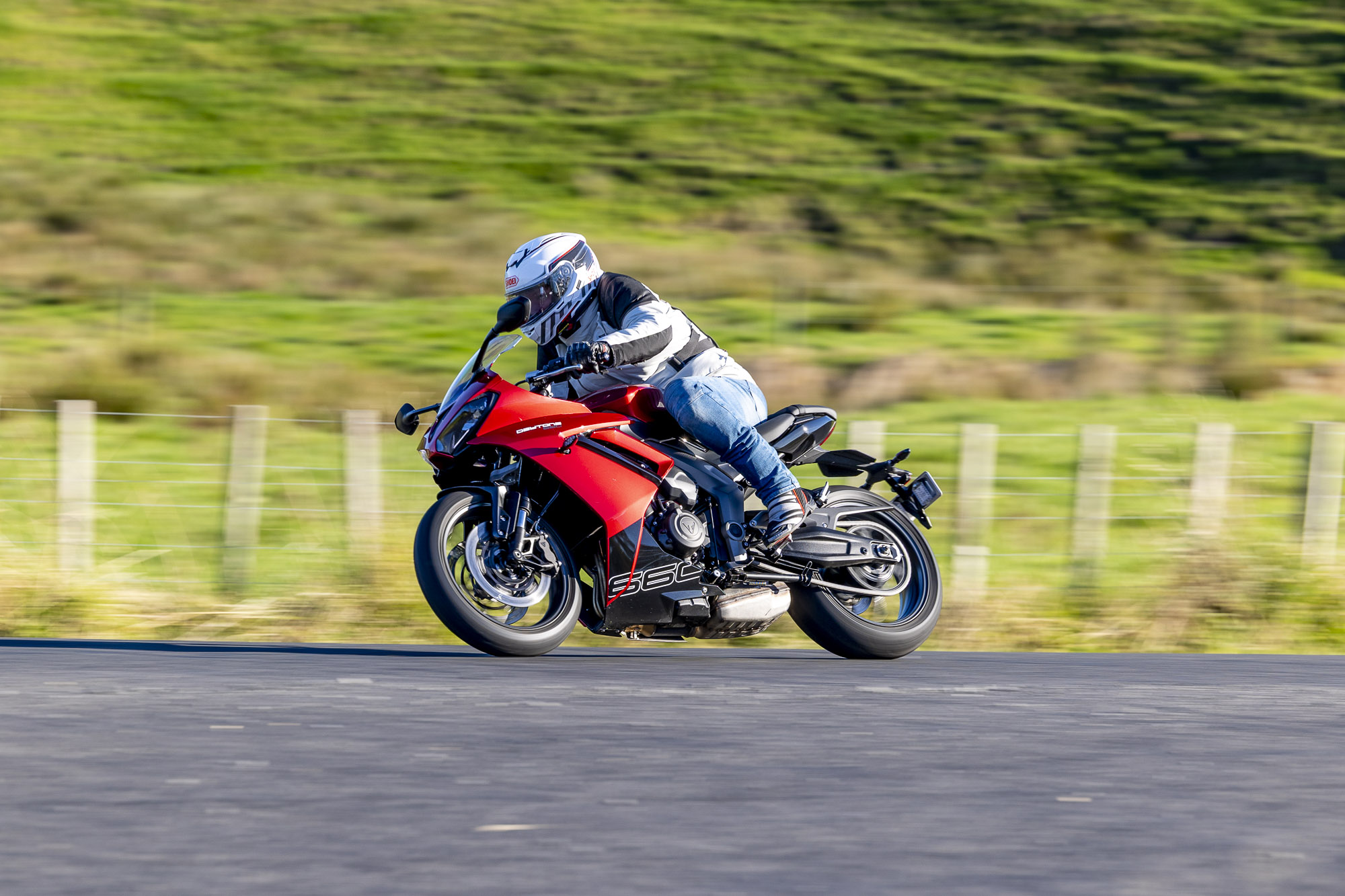
With the addition of the Triumph Daytona to the mid-capacity class, it’s suddenly become full of quality contenders, all vying for a share of what is a growing sub-category. With many riders going through the LAMS process (you can also get this model LAMS) and looking for a machine to move up onto, the Daytona’s light 201kg wet weight, low seat height and sublime handling make it a bike that should give them the thrill of riding a sportsbike while being slightly less radical and peaky than the machines which used to dominate this segment.
And it’s a bike which has enough performance to keep you entertained for a while as your ability grows. Heck, it will even handle a track day with ease, should that eventually crop up on your radar.
The other segment is riders moving down from machines which are either much bigger, heavier or powerful, who are looking for a bike that’s as much fun as their sportsbike, just without the massive price tag and ballistic speeds needed before feeling like you actually going fast. The Triumph will also appeal to these riders, especially since that triple powerplant sounds so good. The added bonus is you won’t have 200-horsepower destroying back tyres in a day, it’s got a class-leading service interval of 16,000km and the more relaxed riding position will surely cut down on the chiropractor bills.
The new Triumph Daytona 660, while not dripping with top-shelf kit or electronics, is an affordable, fun, rewarding and not-too-sporty sportsbike, which will appeal to a lot of riders. The addition of the fairing makes it more practical than the naked varieties, while the inclusion of switchable maps and traction control offers just enough electronic intervention to allow you to push the envelope with a bit of a safety net there for you when you get too carried away. It sounds grouse, is involving to ride, and still features that iconic Triumph soundtrack. What’s not to love?
Accessories
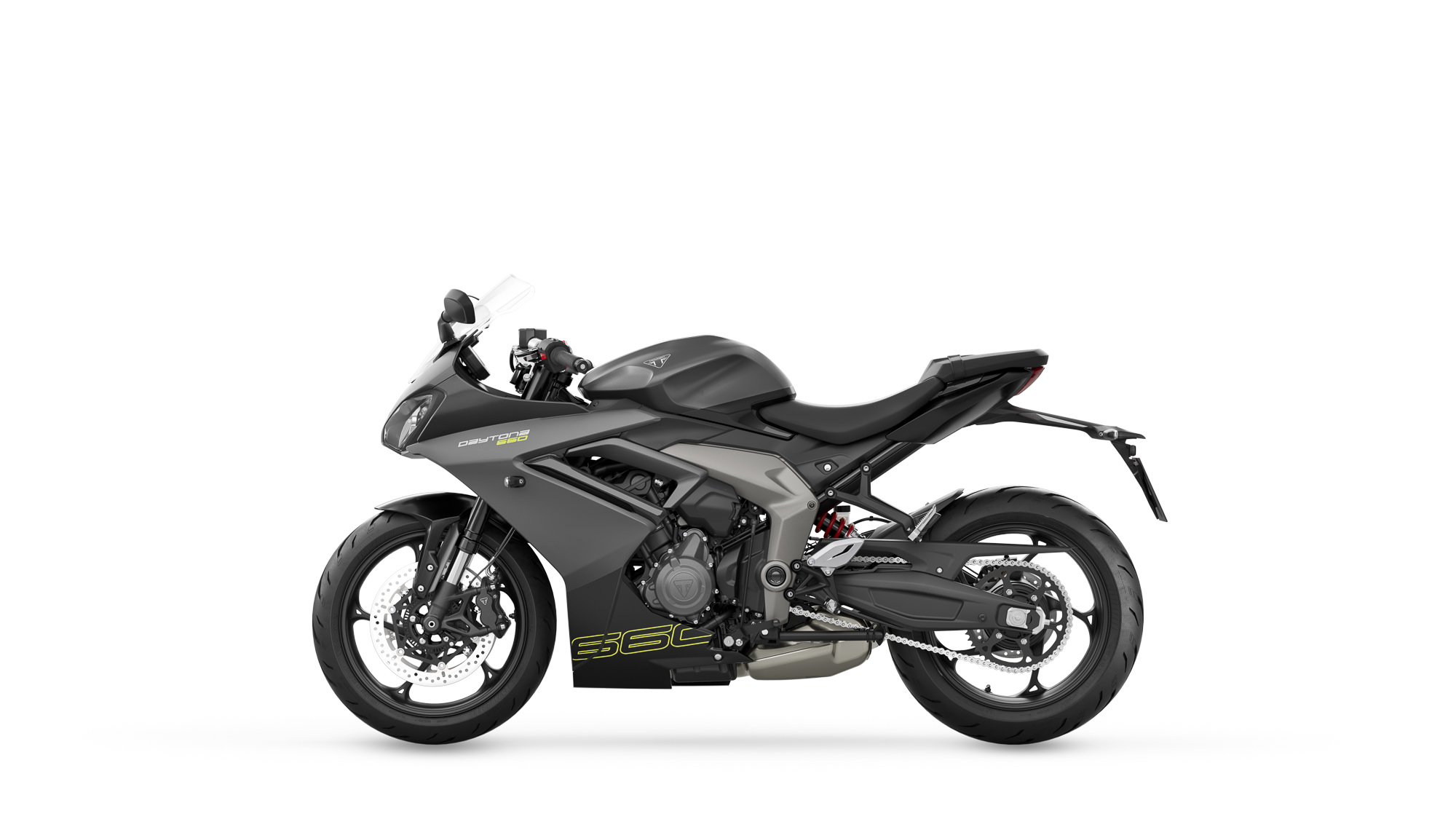
While the Triumph Daytona 660 looks like a simple sportsbike, Triumph offers a range of official accessories to make the middleweight even more versatile.
A host of protection items are available, including engine covers, frame protectors, and fork sliders. Heading further afield will undoubtedly be easier with the factory tank and tail pack. Comfort can be upgraded with internally-wired heated grips or a softer (or lower) saddle. And you can add grab handles if you want your pillion to be more secure. As mentioned, the Triumph Connectivity System can be added along with an under-seat USB and tyre pressure monitoring system, while the Triumph Shift Assist quickshifter with autoblipper will undoubtedly make the Daytona sound even cooler as you full-throttle shift!
Finally, for that added bit of bling, you can add a colour-coded seat cowl, billet-machined oil filler cap, paddock-stand bobbins and bar-end finishers.
Triumph Daytona 660 Specifications
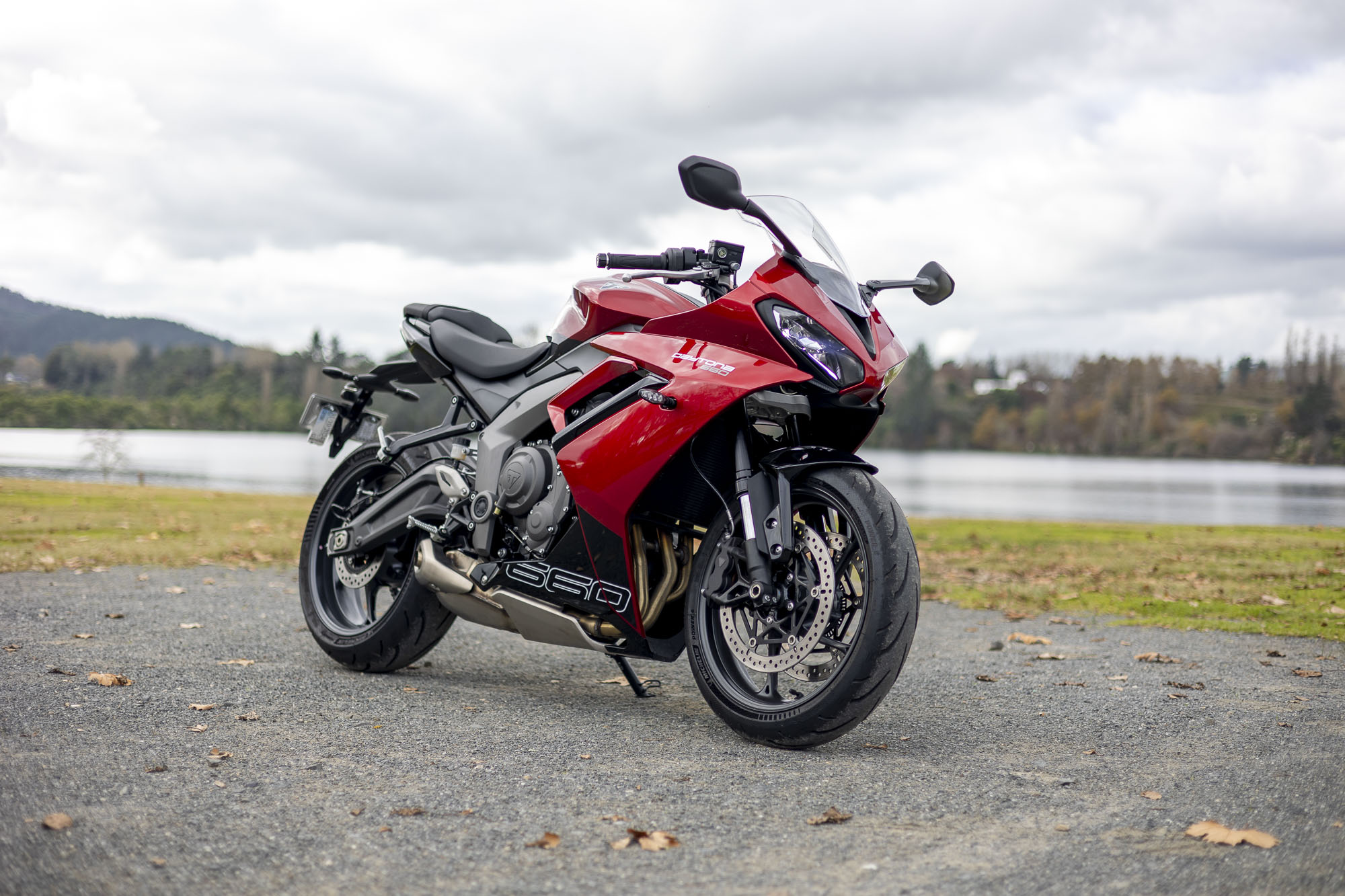
2024 Triumph Daytona 600
Price: $16,690 + ORC
ENGINE AND TRANSMISSION
Type
660cc liquid-cooled, inline 3-cylinder,12 valve, DOHC, 240° Firing order
Bore x Stroke
74.04mm x 51.1mm
Compression
12.05:1
Maximum Power
94hp @ 11,250rpm
Maximum Torque
69Nm @ 8,250rpm
Fuel System
Multipoint sequential electronic fuel injection with electronic throttle control
Exhaust
Stainless steel 3 into 1 header system with low single-sided stainless steel silencer
Final Drive
X-ring chain
Clutch
Wet, multi-plate, slip & assist
Gearbox
6 speed
CHASSIS
Frame
Tubular steel perimeter frame
Swingarm
Twin-sided, fabricated steel
Front Wheel
Cast aluminium alloy 5 spoke, 17 x 3.5 in
Rear Wheel
Cast aluminium alloy 5 spoke, 17 x 5.5 in
Front Tyre
120/70 ZR 17
Rear Tyre
180/55 ZR 17
Front Suspension
Showa 41mm upside down separate function big piston (SFF-BP) forks, 110mm Wheel travel
Rear Suspension
Showa monoshock RSU, with preload adjustment, 130mm Wheel travel
Front Brakes
Twin 310mm floating discs, 4 piston radial callipers, ABS
Rear Brakes
Single 220mm fixed disc, single piston sliding calliper, ABS
Instruments
Multi-function instruments with colour TFT screen
DIMENSIONS & WEIGHTS
Length
2083.8mm
Width (Handlebars)
736mm
Height Without Mirrors
1145.2mm
Seat Height
810mm
Wheelbase
1425.6mm
Wet weight
201kg (@90% fuel volume)
Fuel Tank Capacity
14 litres
Fuel Consumption
57.6 mpg (4.9litres / 100 km)
Service interval
16,000km /12 months service interval, whichever comes first
Contact
www.triumphmotorcycles.co.nz
Pics: Two Creative Photography

